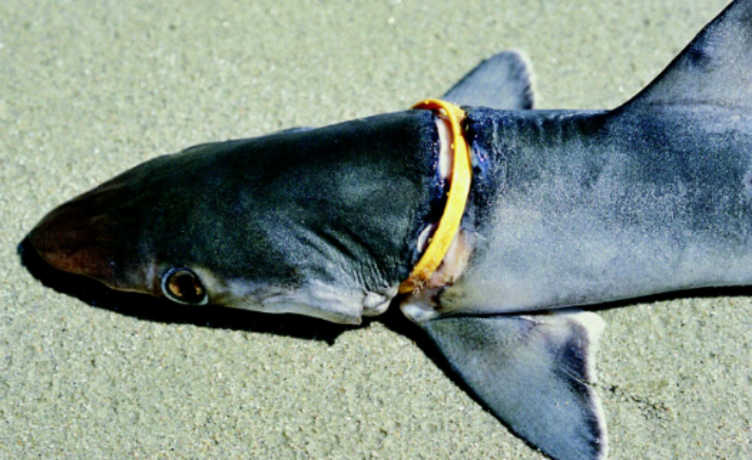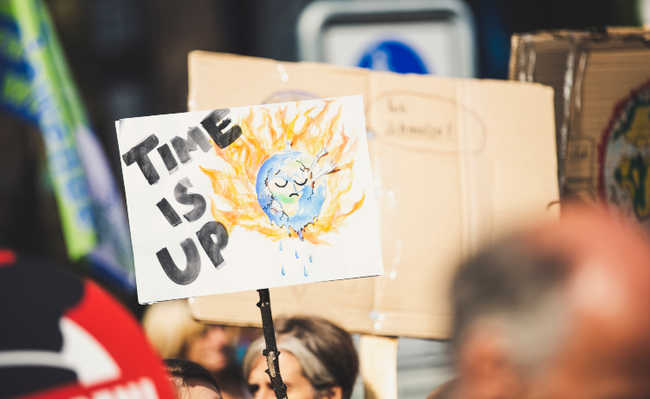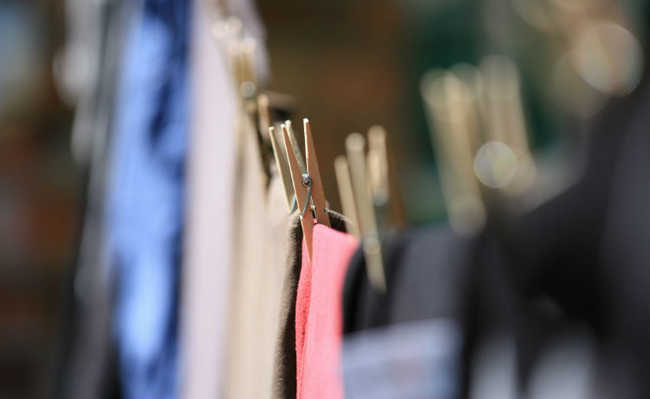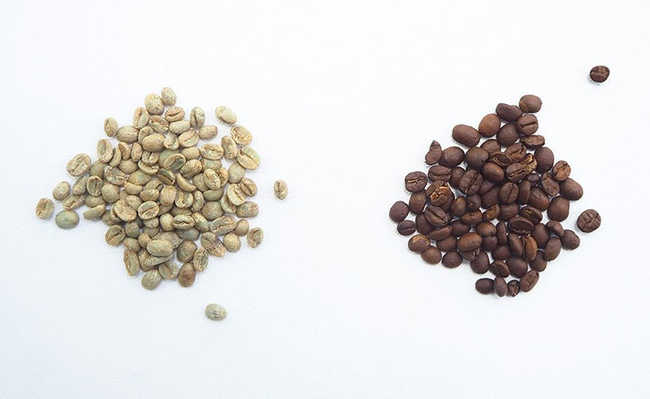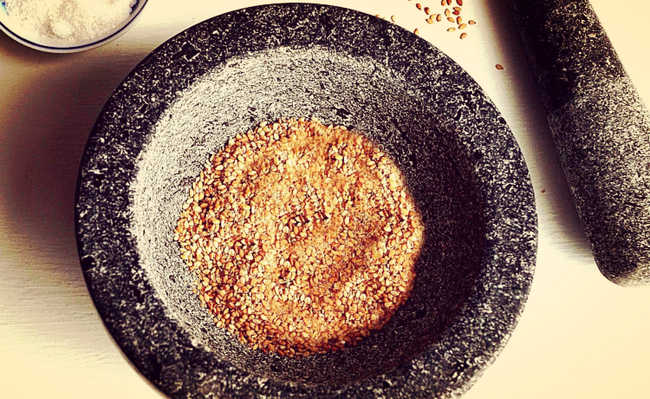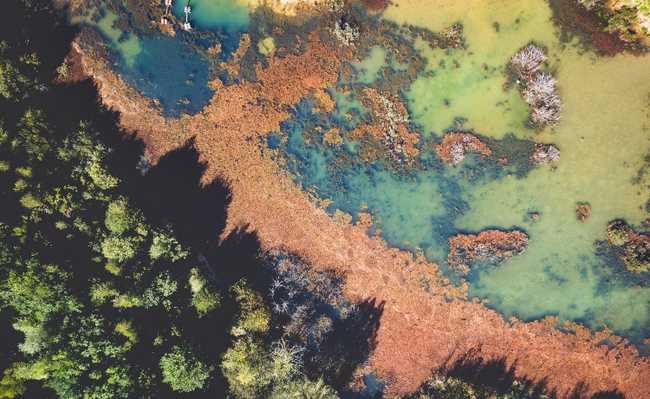What to do with leftover food?
Leftovers can be used in new recipes, house maintenance and beauty or to fertilize the garden

Image: FOODISM360 on Unsplash
The rest of the food left over after lunch or the husks and stalks that come together when preparing a meal don't have to go straight to the trash. If you don't like to reheat your food, you can use the leftovers to prepare new dishes, such as rice balls or scrambled vegetables. The parts cut in the preparation can also yield new recipes that promote the full use of food - not to mention the uses for cleaning or facial hydration. If the food really doesn't have any more use, how about fertilizing the garden?
It is necessary to pay attention to each stage of consumption, from acquisition to disposal, to avoid the production of unnecessary waste. When shopping, give preference to natural foods, which are healthier and contain less packaging. Markets are great options to buy fresh vegetables and vegetables at a better price. Use cloth bags or a market cart to avoid plastic bags. Check out more tips in the article "18 tips to avoid food waste".
Shred the remains?
After you've prepared the food, it's time to think about what to do with the rest of the food. The food shredder can be an option, but it is still not very recommended in Brazil. This type of appliance installed in the kitchen sink grinds certain types of food and turns them into tiny particles that are discarded along with the water to the treatment plants. The problem, according to the Basic Sanitation Company of the State of São Paulo (Sabesp), is that the crusher can increase the pollution of water bodies by greatly increasing the organic load in untreated sewage discharges, as is the case with Boa part of the country's municipalities. This would also increase the energy expenditure of the treatment company to clean the water. In some countries, companies that treat sewage compost this waste, which does not happen in Brazil yet.
use in hygiene
Before categorizing your leftover food as waste and disposing of it in the common garbage, remember that husks and stalks still have a lot of value and can have their nutrients used. Food peels have several uses. Lemon and other citrus peels, for example, can help with cleaning. You can use them to remove stains, clean the kettle and also to make your own essence.
make new recipes
Peels like apples and bananas are great for working your creativity. Apple skins can turn into a delicious cake and banana skins, when braised, turn into crazy vegan "meat". Vegetable stalks and leaves make great broths, which you can freeze to always have a homemade vegetable broth on hand. You can also fried potato and beet skins and enjoy a more natural snack than those purchased.
Hydrate yourself!
Yes, it is possible to use peels to hydrate your body. Orange ones are great for moisturizing, while avocado peels will help with hydration - they're packed with nutrients! Coffee grounds can also be used for this purpose - and also to make a nice body scrub. Read more about these tips in the article "Nine tips for using food peels".
make organic fertilizer
In the case of those foods that were useless, one option is to "recycle" your organic waste. You can use leftover food to make an organic fertilizer at home. Whether through composting, in which earthworms and other micro-organisms help transform plant remains into humus, or through simpler techniques, it is possible to use the remains to fertilize the garden.
Leftovers of fruits, vegetables, vegetables, seeds, coffee grounds, eggshells and even leftovers from cooked or spoiled food (no exaggeration) can go into the composter. As a bonus, you can still use and compost materials such as tea bags, sawdust, sticks, cardboard, paper towels and matchsticks. Learn more about the process in the articles "What is composting and how to make it" and "What can you put in the compost bin?".
If you don't have space for a composter or little kitchen, one option is to use your leftover food to make a sort of "mini composter". With two ice cream jars you can simulate a compost bin and produce some organic fertilizer for your potted plants. Drill several drainage holes in the bottom of one of the pots, cover with a little earth and add the shredded vegetable and fruit skins - you can blend them in a blender, but drain the excess water before putting the skins in the jar. of ice cream. Then cover all the shells with earth, cover and that's it, just wait. After about 40 days you will have made an organic fertilizer from your food waste.
Also drill some holes in the lid to increase oxygenation. Place the second pot under the pot you filled with the leftover food. It will serve to collect the leachate that runs off during the food decomposition process. This liquid is also a great fertilizer and natural pesticide for your plants - to use as a fertilizer, dilute one part slurry with 10 parts water and use to water the plants as usual. In case of use to combat pests, dilute the leachate in water in a proportion of 1 to 1.
Take care of the garden or make crafts
The coffee grounds can also be used in the garden, along with the eggshells - and both can also be used to make handmade products. Read more in the articles:
- Coffee grounds: 13 amazing uses
- Eggshell for crafts and more
feed your dog
Leftover meat can help feed your pet if it's in good health. But be careful with spices and other foods you have added to your food, pets can be sensitive to ingredients (including salt and other flavorings). Learn more in the article "What foods can be harmful to pets?" and "Twenty Foods and Hazardous Substances for Dogs and Cats."
make soap
If you're a fan of frying, know that leftover cooking oil can turn into soap in a simple way - check out the recipe in the article "How to make sustainable homemade soap". This is a good option to avoid the chemicals present in traditional soap.
To learn more about the options and purchase domestic composters, visit the eCycle store.



